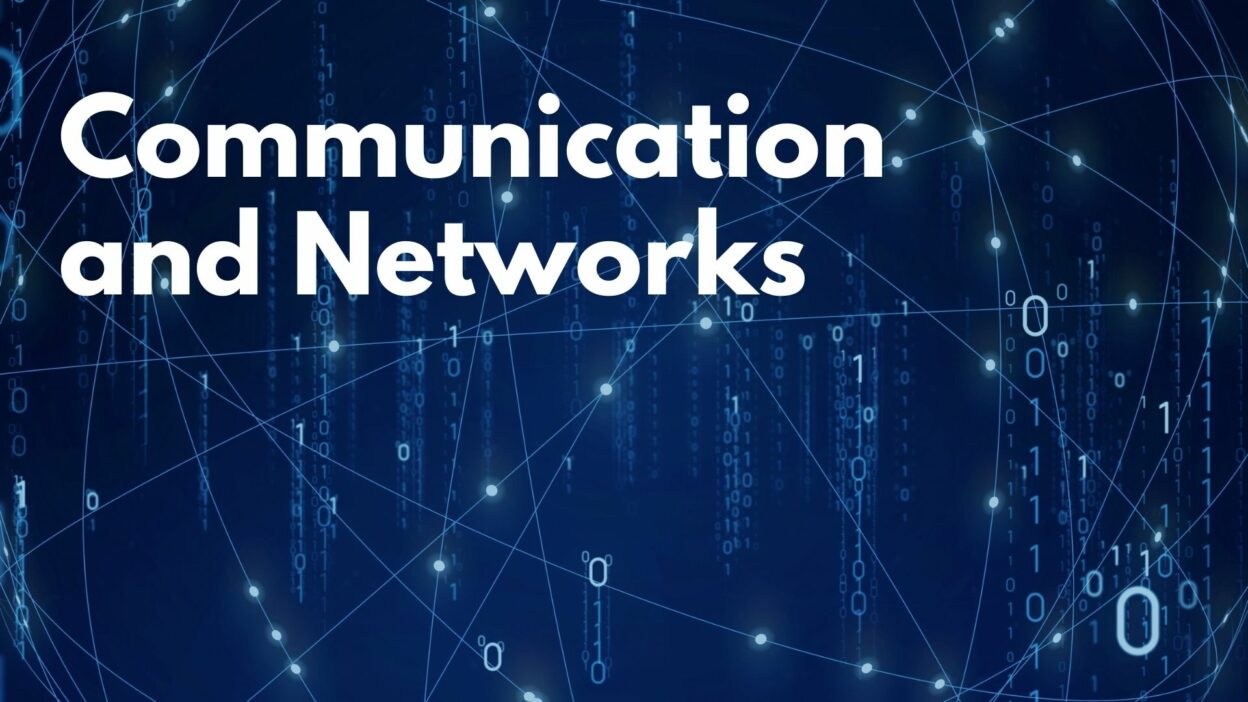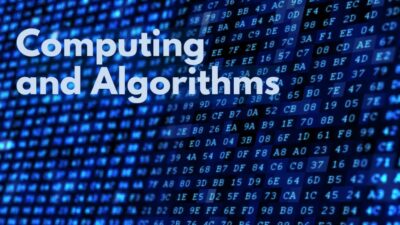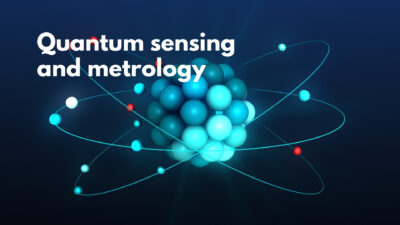This article explains what quantum cryptography is and how it uses the principles of quantum mechanics to secure information. Unlike traditional cryptography, which relies on complex mathematical algorithms, quantum cryptography uses the unique properties of particles like photons—such as superposition and entanglement—to protect data from being intercepted or copied. One key method in quantum cryptography is Quantum Key Distribution (QKD), where encryption keys are transmitted using individual photons to ensure secure communication. If someone tries to eavesdrop, the act of measuring a qubit (a quantum bit) will disturb its state, alerting the sender and receiver that their message has been tampered with.
The article also discusses challenges in implementing quantum cryptography, such as technical limitations in detecting single photons and maintaining entanglement over long distances. Researchers are working on solutions like quantum repeaters to extend the range of secure communication. Additionally, it covers related concepts like quantum position verification and blind quantum computing, which aim to further enhance security by verifying locations and processing data without revealing its content. NIST is playing a key role in developing standards and technologies that support these advancements, helping to ensure the reliability and security of future quantum cryptographic systems.
Source: https://www.nist.gov/cybersecurity/what-quantum-cryptography
Keywords: quantum key distribution, superposition, entanglement



